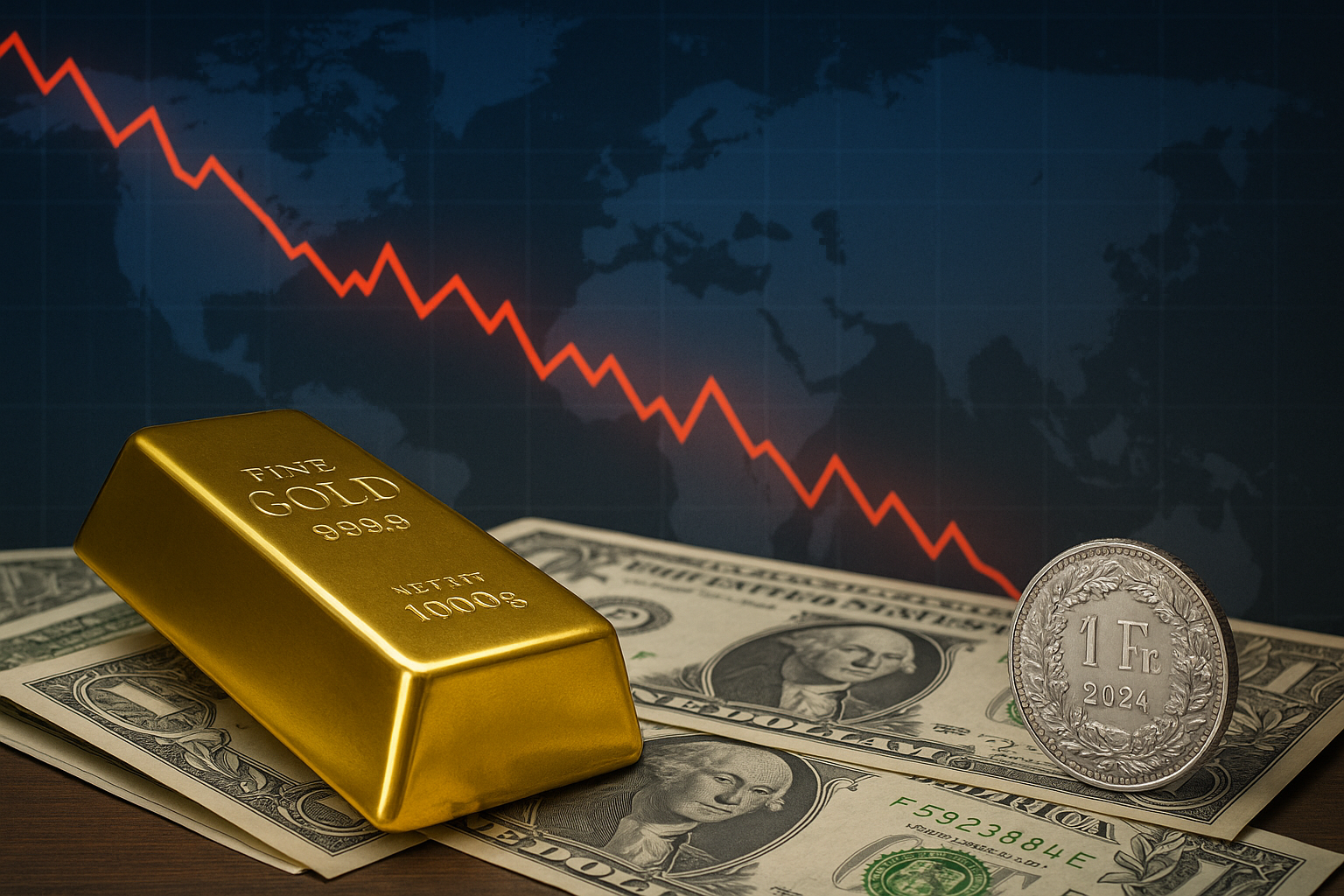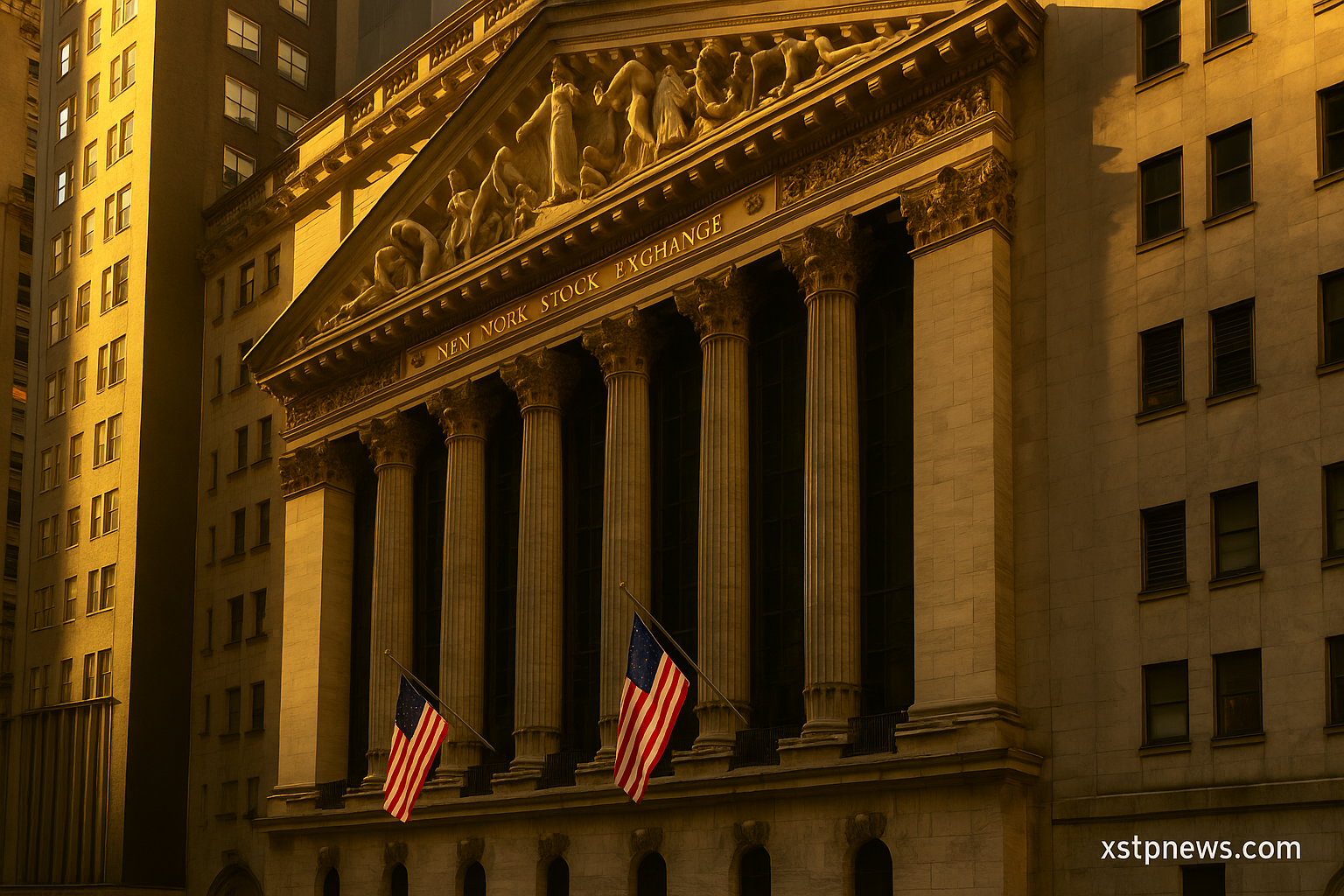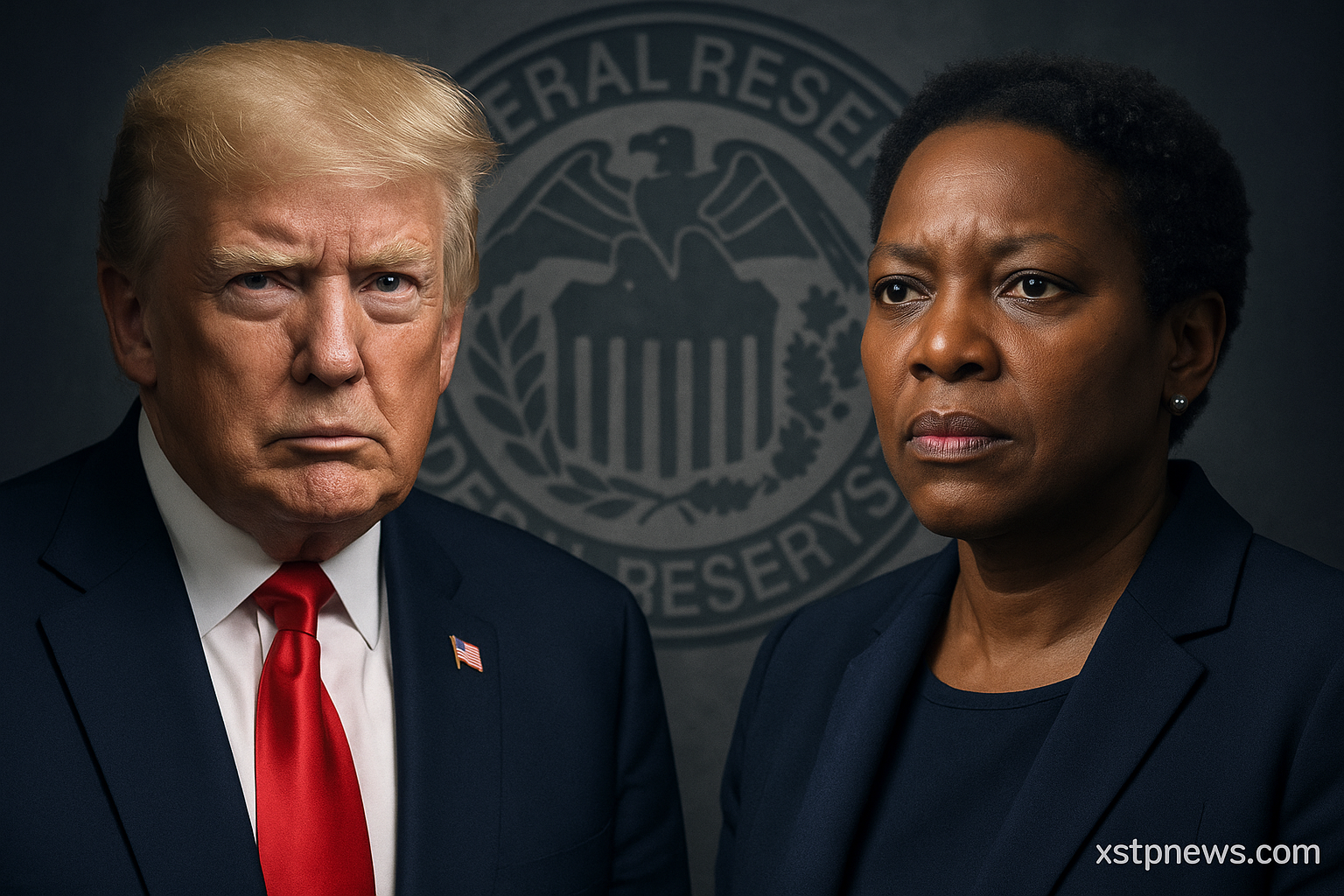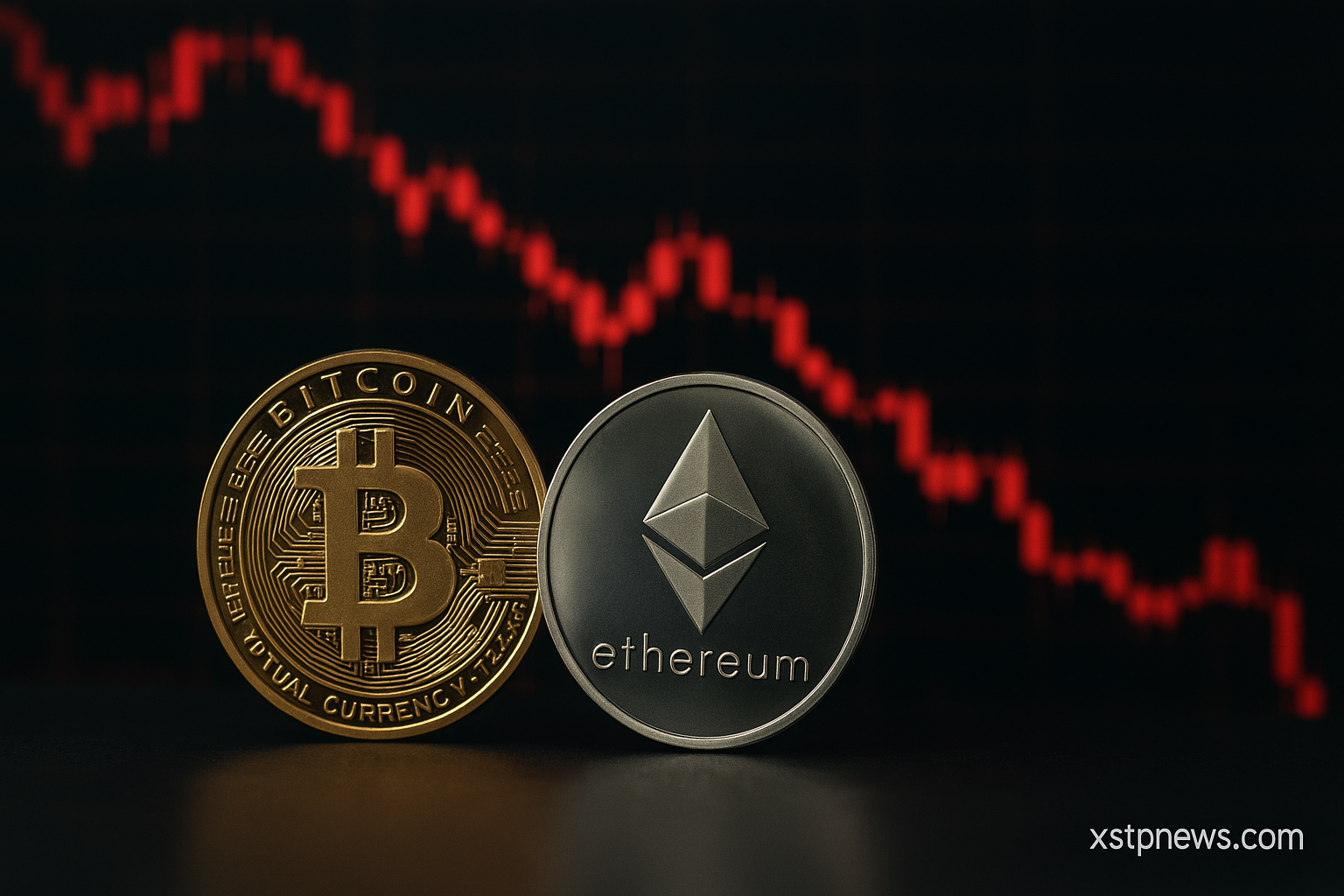Economists worldwide are sounding alarms over the future of the US as the planet’s main financial safe haven. A recent survey by the Financial Times and Booth School shows that more than 90% of economists now worry about the stability of dollar-denominated assets over the next decade. At the heart of these fears are Trump’s expansive fiscal policies and open attacks on the independence of the Federal Reserve.
New projections by the Congressional Budget Office (CBO) point to growing deficits, contradicting the White House narrative that its strategy will eventually lower national debt. Meanwhile, markets are already reacting. The dollar has slipped to a three-year low after tariffs and repeated political pressure on the Fed. Treasury yields have climbed as investors brace for higher inflation and long-term risks.
Safe-haven flows tell a clear story. Capital is rotating into assets like the Swiss franc and gold, which have surged in recent months. The shift highlights a deeper concern: that the US could lose some of its unique appeal as the ultimate refuge during global uncertainty.
For institutional players and central banks, the situation triggers a recalibration. Some are quietly diversifying reserves, reducing exposure to dollars and exploring alternatives. This trend, if it accelerates, could reshape how global capital flows are allocated for years to come.
The bottom line is that America’s safe-haven crown no longer looks unshakeable. Investors of all sizes will need to watch closely for signs of further dollar weakness, shifts in central bank reserves, and how far political forces might steer the Fed from its independent mandate.







